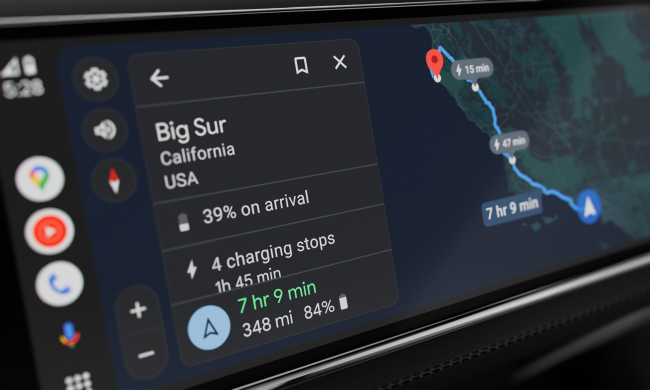Move over, Supercharger network.
EV charging networks have been fast expanding across U.S. roads and highways over the past year, led by the likes of Electrify America, Tesla, and Chargescape, to name a few.
In a sign of the times, they’re now also blossoming in cities, sometimes in unexpected ways, such as turning streetlights into chargers for your electric vehicle.
Voltpost, a New York City-based startup, just announced it’s now partnering with AT&T to provide lamppost and curbside internet-connected chargers across Michigan and the Metro Detroit area.
The partnership is mainly aimed at enhancing the efficiency and connectivity of the EV charging infrastructure, the companies said. Having internet connection lets Voltpost know immediately when a charger goes offline, allowing for quick remedy.
AT&T, for its part, said the partnership aligns with its goal to help business customers reduce 1 billion metric tons of CO2 by 2035 through connectivity-backed solutions, such as fiber, 5G, and Internet of Things (IoT).
Volpost says it can install a lamppost charger in under two hours, without extensive construction work or extensive permitting processes. However, its AC Level 2 lamppost chargers receive electricity from street lighting grids, which means longer charging times.
Still, EV drivers gave positive feedback to a pilot program initiated by the New York City Department of Transportation last year.
The lamppost EV chargers feature either two or four charging ports. Volpost also provides an app allowing drivers to map available charger locations, track charging, and make payments.
Voltpost has already installed nonconnected chargers as part of pilot programs in several cities, including New York and Chicago.
Energy and transportation officials have given their support for the development of curbside charging within cities.
San Diego-based Beam Global has also launched a concept involving the retrofitting of streetlights with EV chargers. However, Beam also relies on wind and solar energy to power its chargers.




